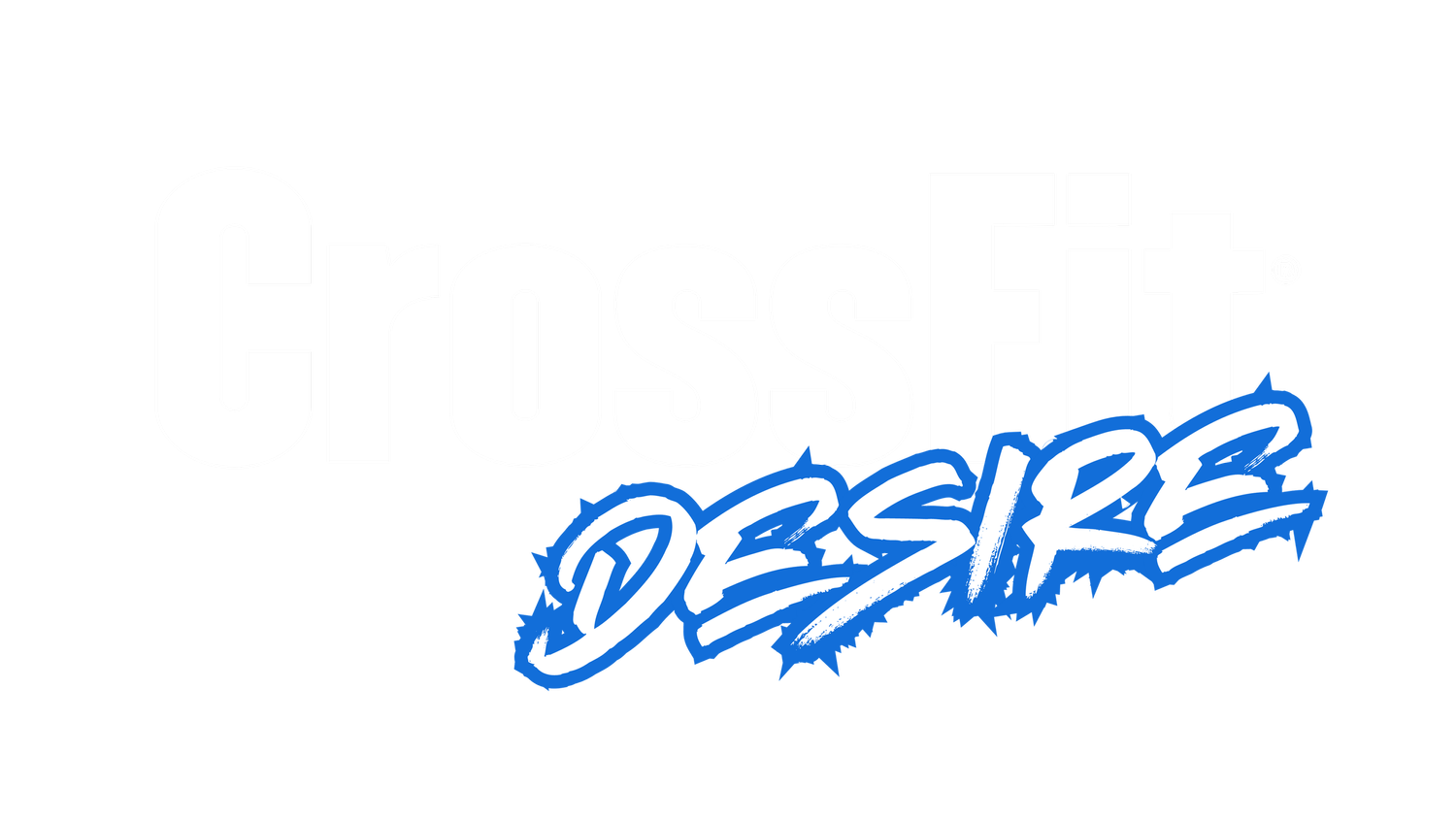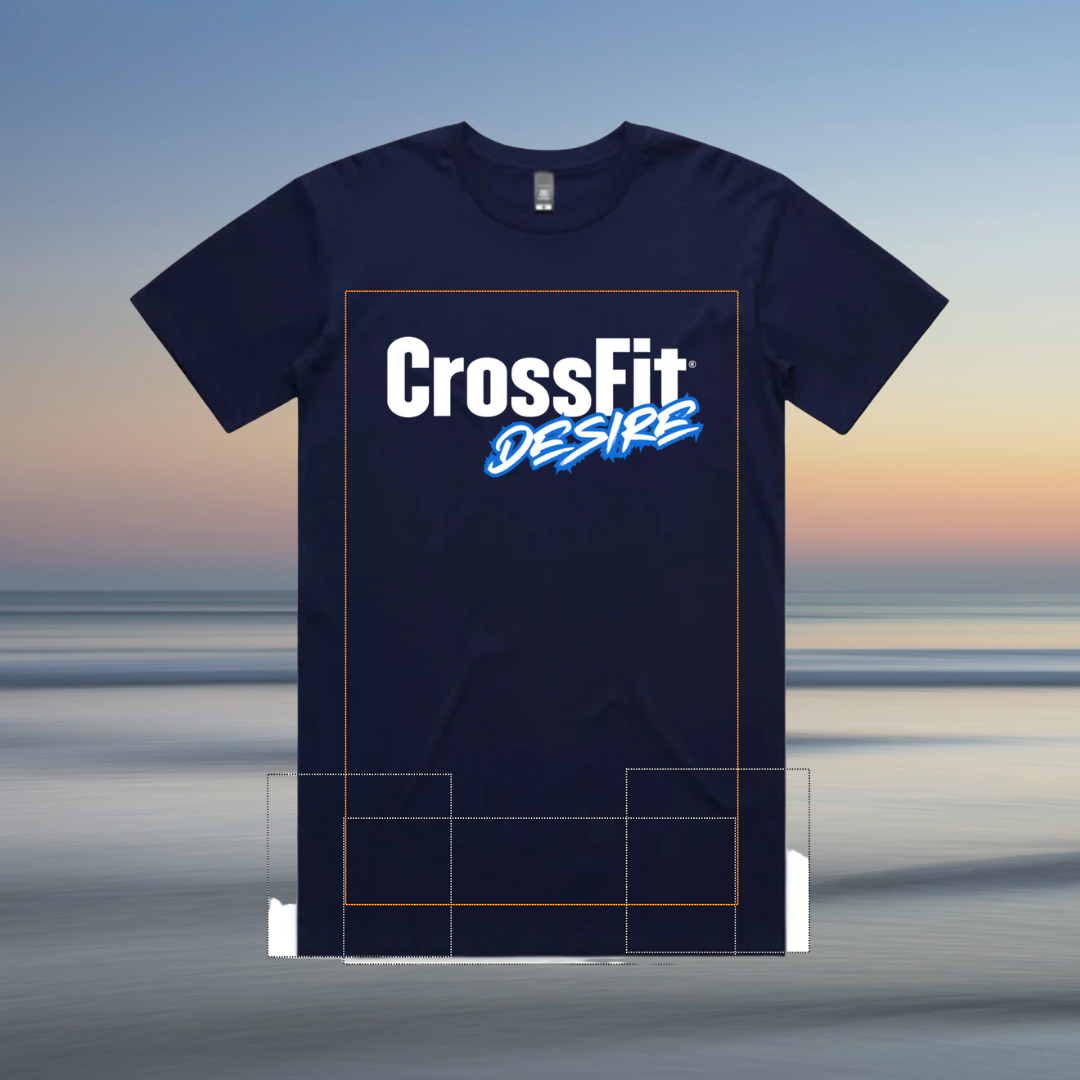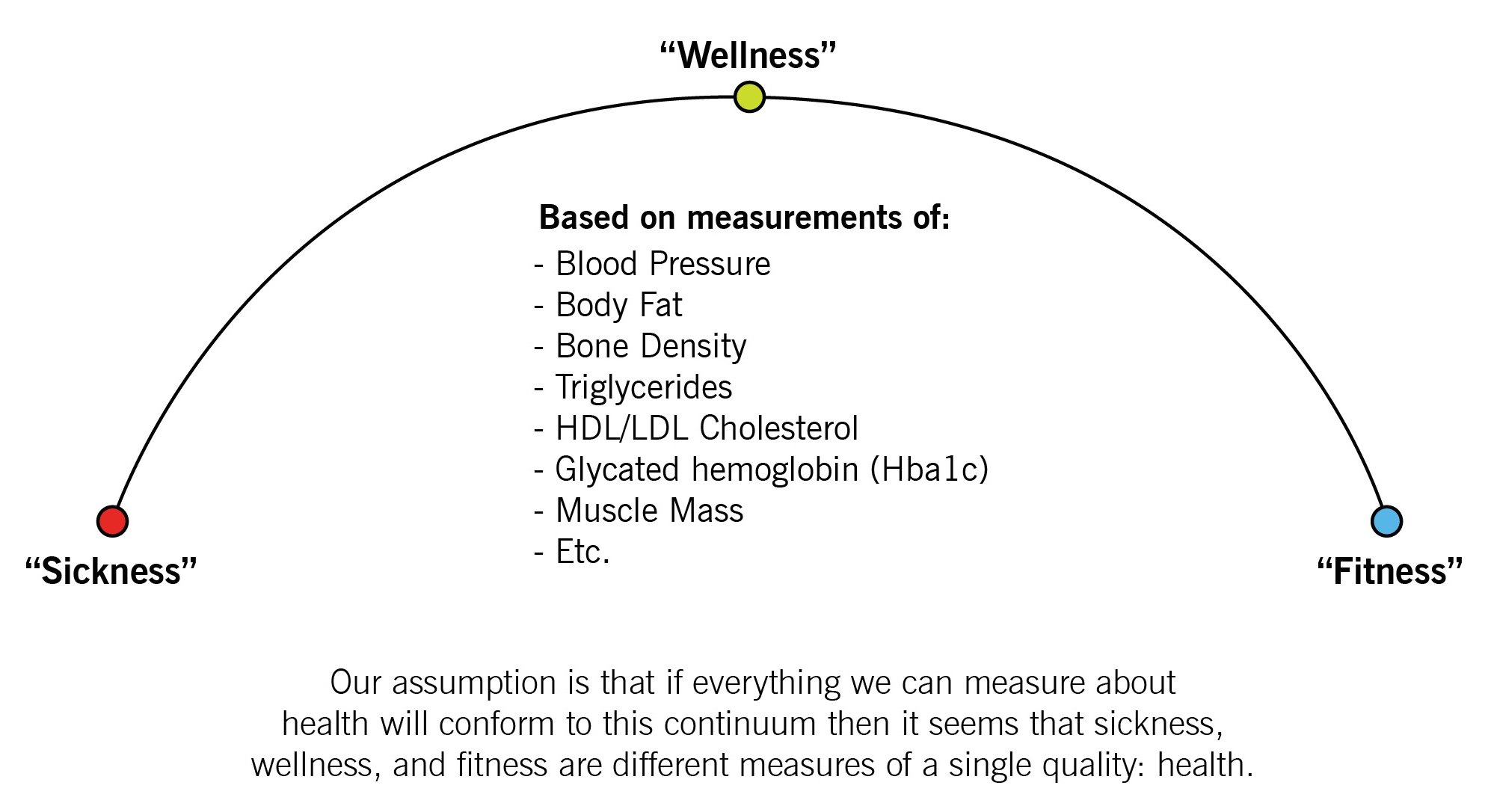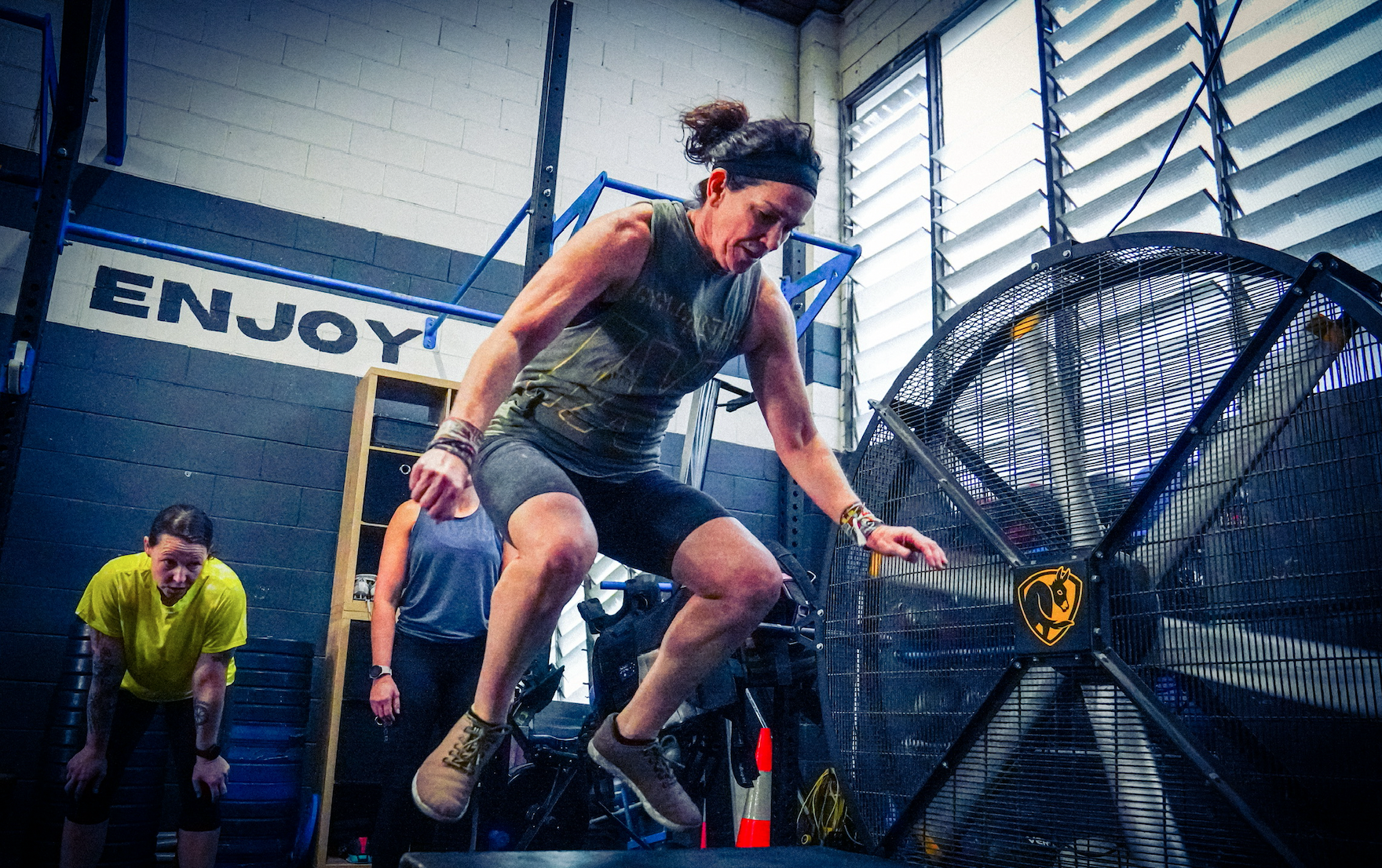The Endurance Athlete's Dilemma
Endurance athletes are no strangers to pushing their bodies to the limits. Whether you're a marathon runner, triathlete, or cyclist, you know the exhilarating yet grueling journey of pushing through miles upon miles of training. However, even the most dedicated endurance athletes can hit plateaus or struggle with injuries and fatigue. This is where CrossFit comes in as a game-changer, offering a unique approach to enhancing performance and recovery.
Myth #1: CrossFit is Only for Strength Athletes
Let's start by dispelling a common myth: CrossFit is not just for lifting heavy weights or building bulky muscles. While it's true that CrossFit incorporates strength training, it's a comprehensive fitness methodology that focuses on functional movements. This means that every exercise in CrossFit has a purpose beyond just getting big muscles—it's about improving overall athleticism, including endurance.
Functional Movements: CrossFit emphasises movements that mimic real-life activities, such as squats, deadlifts, and kettlebell swings. These movements improve your body's ability to perform everyday tasks efficiently while also enhancing endurance.
Cardiovascular Conditioning: CrossFit workouts often include high-intensity interval training (HIIT) and metabolic conditioning, which are key components of improving cardiovascular endurance. This translates to better stamina during long runs, rides, or swims.
The Endurance Athlete's Secret Weapon: CrossFit
Now that we've debunked the myth, let's dive into why CrossFit is a secret weapon for endurance athletes:
Variety and Adaptability: CrossFit workouts are constantly varied, which keeps your body guessing and prevents boredom. This variety also helps in preventing overuse injuries common among endurance athletes.
Strength and Power: While endurance athletes focus on aerobic capacity, neglecting strength and power can lead to imbalances and decreased performance. CrossFit addresses this by incorporating strength training that complements your endurance training, leading to a more well-rounded athlete.
Efficient Workouts: CrossFit sessions are typically short yet intense, making them ideal for busy endurance athletes. You can get a full-body workout in a fraction of the time compared to traditional training methods.
CrossFit for Recovery and Injury Prevention
One of the biggest challenges for endurance athletes is recovery. Constant pounding on the pavement or repetitive motions can lead to overuse injuries and burnout. Here's how CrossFit can help:
Mobility and Flexibility: CrossFit includes mobility work and stretching, which are essential for maintaining joint health and preventing injuries. Improved flexibility also translates to better performance in your endurance activities.
Active Recovery: CrossFit workouts can serve as active recovery sessions for endurance athletes. Lighter workouts focusing on mobility and technique can aid in recovery without overloading your muscles.
Community Support: CrossFit gyms often have a strong sense of community. Surrounding yourself with like-minded individuals who understand the demands of training can provide motivation and support during challenging times.
In Conclusion
CrossFit is not just a fad—it's a proven method for enhancing performance and recovery for endurance athletes. By incorporating functional movements, strength training, and a supportive community, CrossFit addresses the unique needs of endurance athletes, helping them reach new levels of fitness and success.
So, if you're an endurance athlete looking to take your performance to the next level, don't overlook the benefits of CrossFit. It could be the missing piece of the puzzle in your training journey.










































































